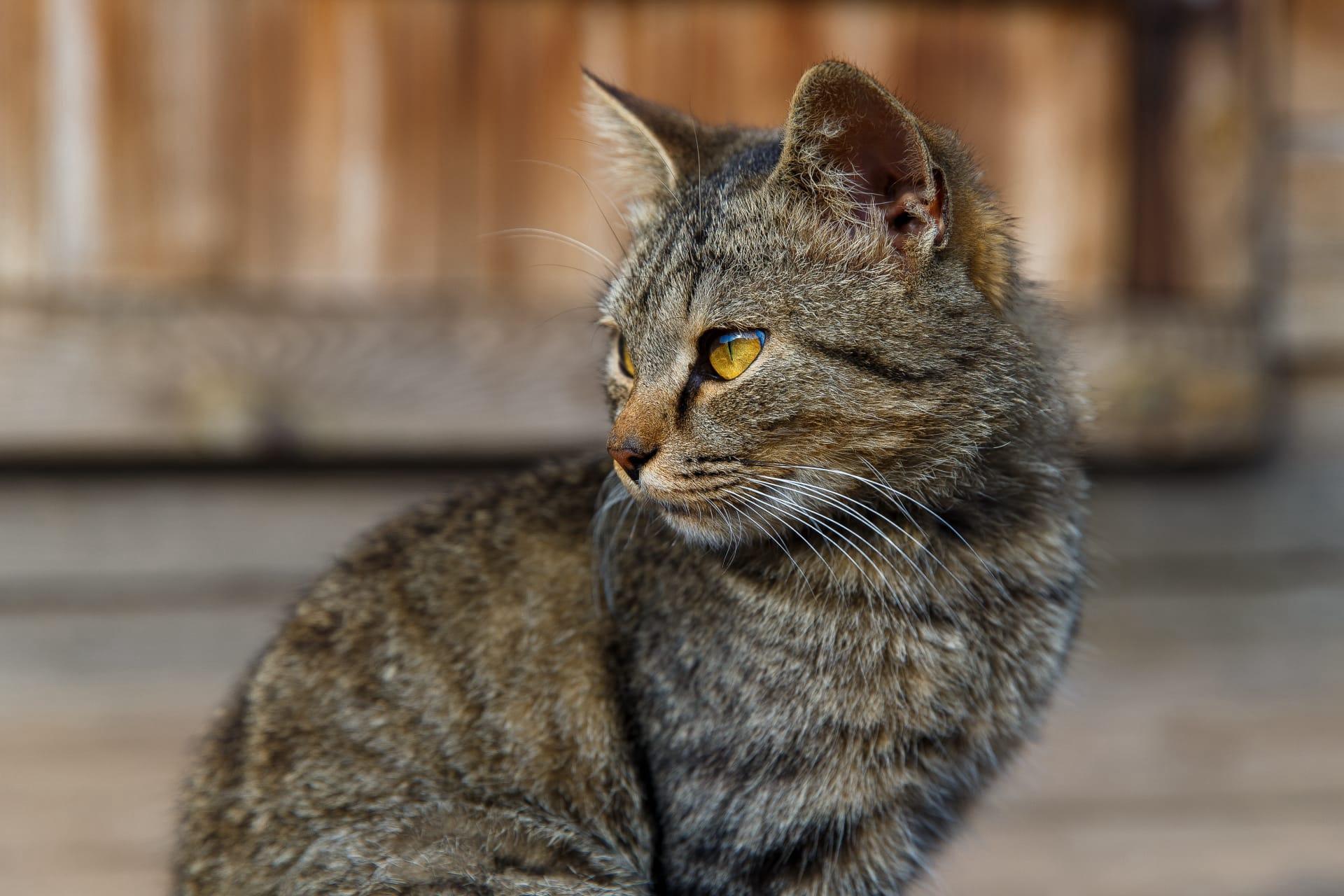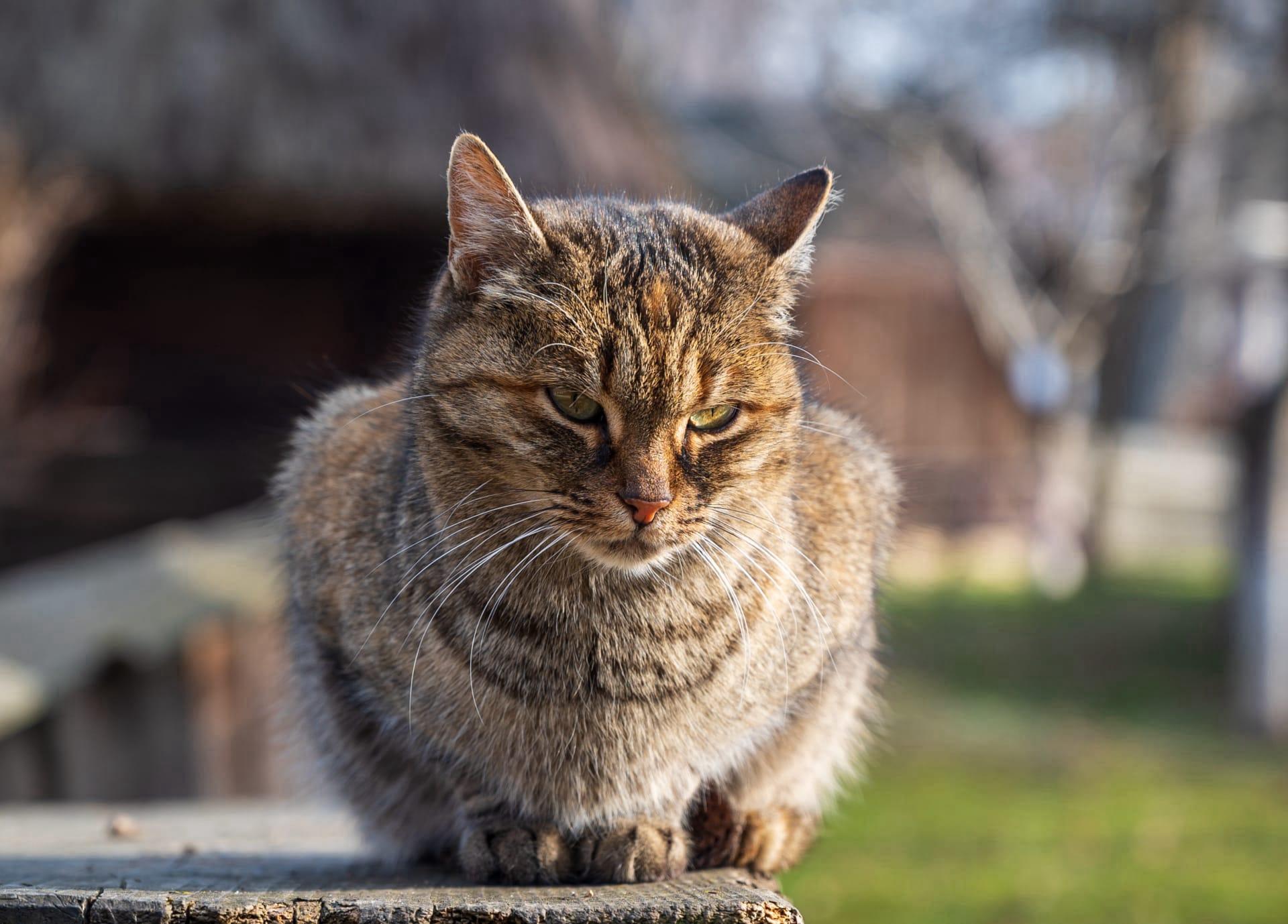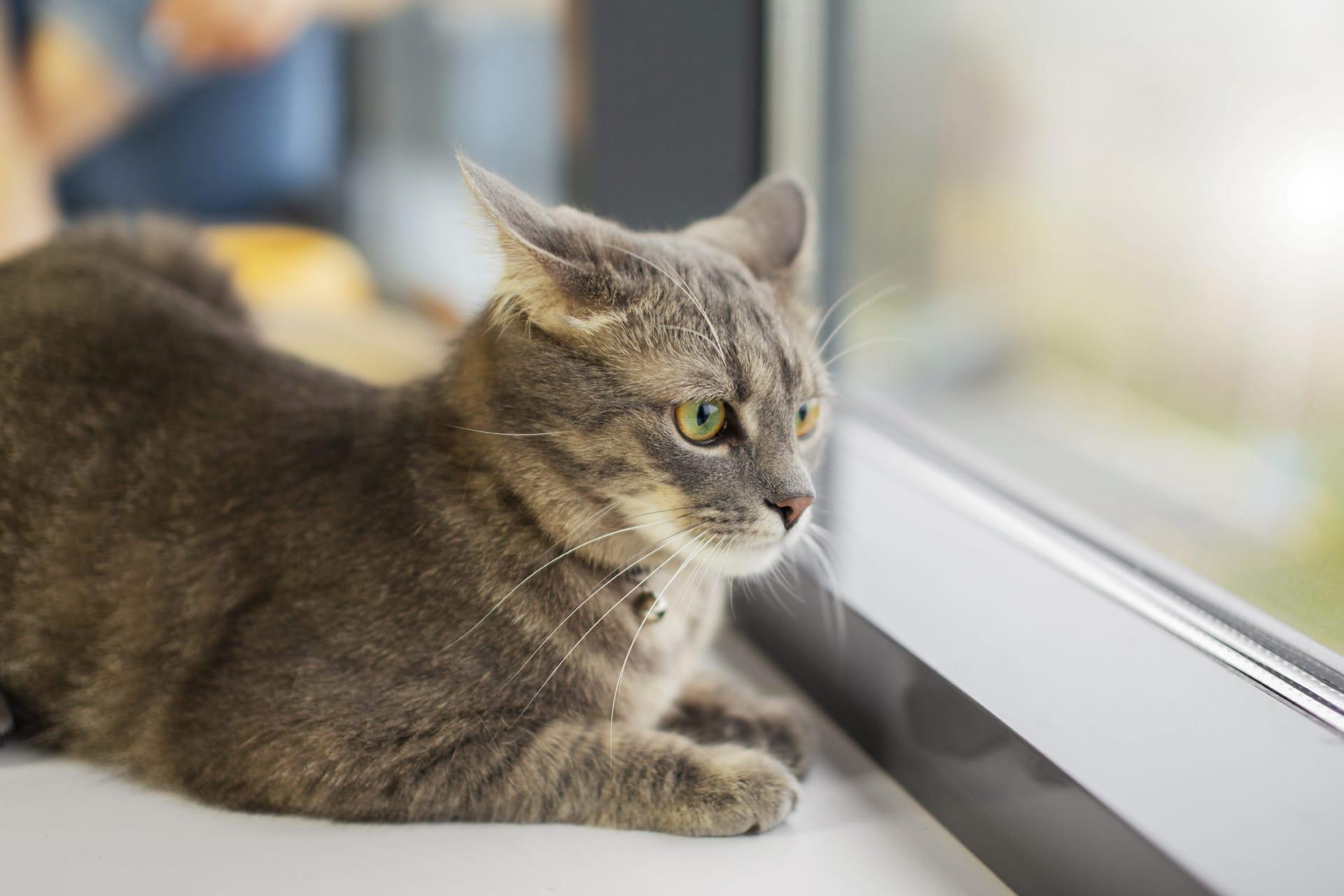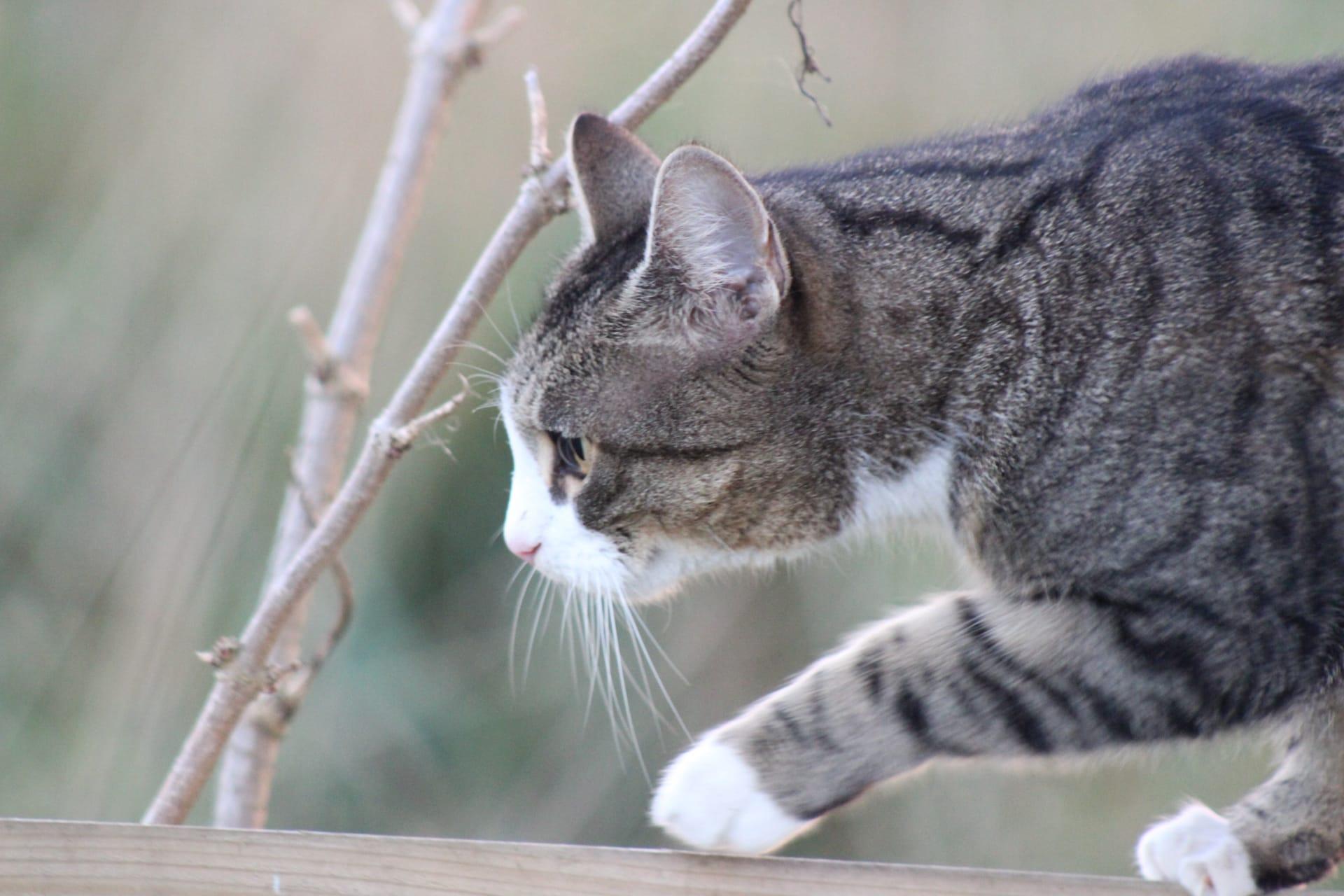Pixiebob Cat
- Home /
- Mini Encyclopedia /
- Animal /
- Pixiebob Cat
1
The Pixiebob cat, a breed often mistaken for a wild bobcat hybrid, falls within the domestic cat species, scientifically known as Felis catus. Characterized by its bobbed tail, tufted ears, and muscular build, the Pixiebob's appearance is indeed reminiscent of its wild cousins. This breed has a unique classification within the realm of domesticated felines, thanks to its distinctive physical traits and temperament, which sets it apart from other household cats.
Pixiebob cats are primarily found in the United States, originating from the Northwestern states. Their distribution, however, has expanded due to their popularity among cat enthusiasts. As a result, Pixiebobs can now be found in various parts of the U.S. and around the world in homes that appreciate their wild appearance coupled with a friendly, loyal disposition. Despite their exotic looks, Pixiebobs are entirely domestic and have adapted well to living alongside humans in a variety of environments.

2
Question: Is the Pixiebob cat a result of mating between domestic cats and wild bobcats?
Answer: Contrary to popular belief, the Pixiebob cat is not a hybrid between a domestic cat and a wild bobcat. This misconception stems from their striking resemblance to the North American bobcat, but genetic testing has confirmed that Pixiebobs are purely domestic cats. The breed was developed through selective breeding to enhance their bobcat-like features, such as the short tail, tufted ears, and robust build, without any actual wild bobcat ancestry.

3
The Pixiebob cat's relationship with humans is marked by their dog-like loyalty and social nature. These cats are known for their affectionate behavior, often forming strong bonds with their families. They are adaptable to various living situations and can thrive in both active households and more serene environments. Their intelligence and playful demeanor make them excellent companions, capable of learning tricks and enjoying interactive play.
Furthermore, Pixiebobs are often praised for their patience and compatibility with children and other pets. This breed's calm and tolerant temperament makes them ideal family pets. Owners of Pixiebobs frequently commend their ability to communicate with their human counterparts, using a range of vocalizations and body language to express their needs and desires, enhancing the human-cat relationship.

4
The origins of the Pixiebob cat can be traced back to the late 1980s in the Pacific Northwest of the United States. The breed was founded by Carol Ann Brewer, who acquired a polydactyl kitten with a short tail, believed to have bobcat lineage due to its appearance. Brewer bred this kitten with a similarly tailed male, which led to the first litter of Pixiebob cats. The breed's name, Pixiebob, is derived from the name of Brewer's foundation cat, Pixie, coupled with its bobbed tail characteristic.
Over the years, the Pixiebob breed has evolved through careful and selective breeding, aimed at preserving the breed's unique physical characteristics while ensuring a friendly and sociable temperament. Breeders have worked to maintain the robust, wild appearance of the Pixiebob, including features like the short bobbed tail, tufted ears, and a muscular build, reminiscent of the North American bobcat. Despite its wild look, the Pixiebob's genetic makeup remains entirely domestic, with no direct link to bobcats.

5
Film: One notable documentary focusing on the Pixiebob cat is "The Pixiebob: Nature's Mimic," produced in the United States in 2015. This documentary explores the breed's history, its unique characteristics that resemble those of a wild bobcat, and the deep bond Pixiebobs form with their human families. It highlights the breed's journey from its mysterious origins to becoming a beloved pet in households around the world.
Book: "Pixiebob Cats: The Bobcat Hybrid That Captured Our Hearts," published in the United States in 2010 by author John Smith, delves into the history and development of the Pixiebob breed. Smith provides a comprehensive overview of the breed's characteristics, care needs, and the story of its origin, dispelling myths about its wild heritage while showcasing the Pixiebob's affectionate nature.
Book: Another significant work is "Living with Pixiebobs," authored by Jane Doe in the United Kingdom in 2012. This book offers readers a glimpse into the life of owning a Pixiebob cat, including detailed advice on health care, behavior, and training. Doe's personal anecdotes and practical tips make it an invaluable resource for current and prospective Pixiebob owners, highlighting the breed's adaptability and companionship.